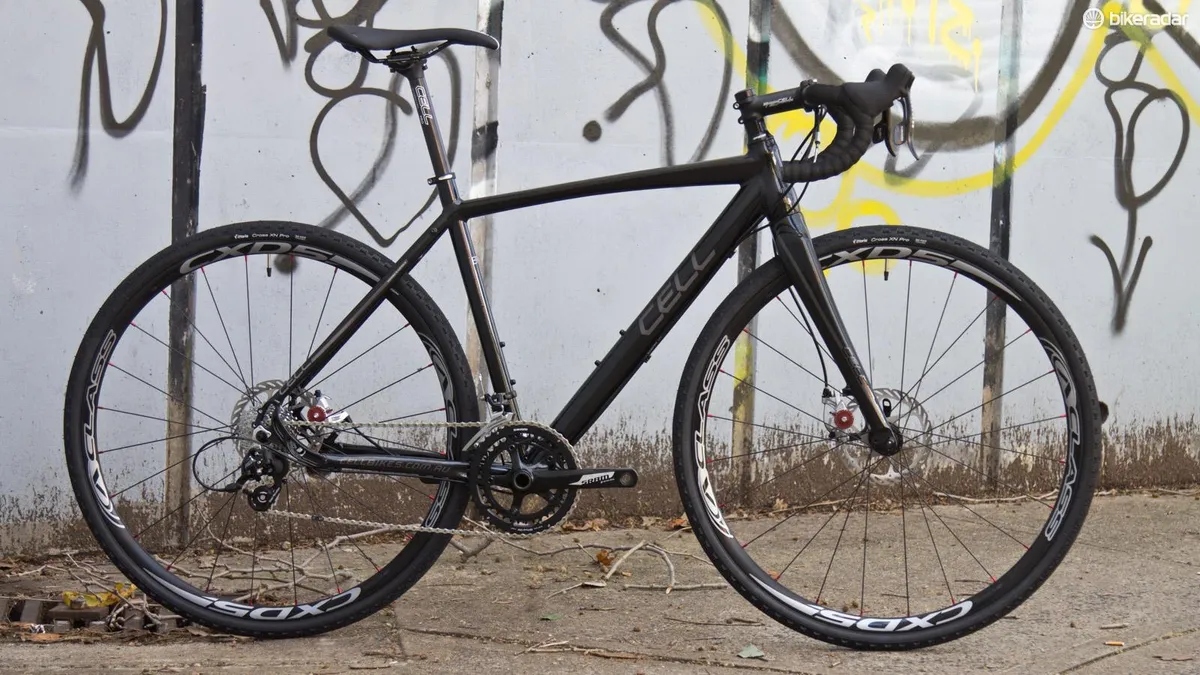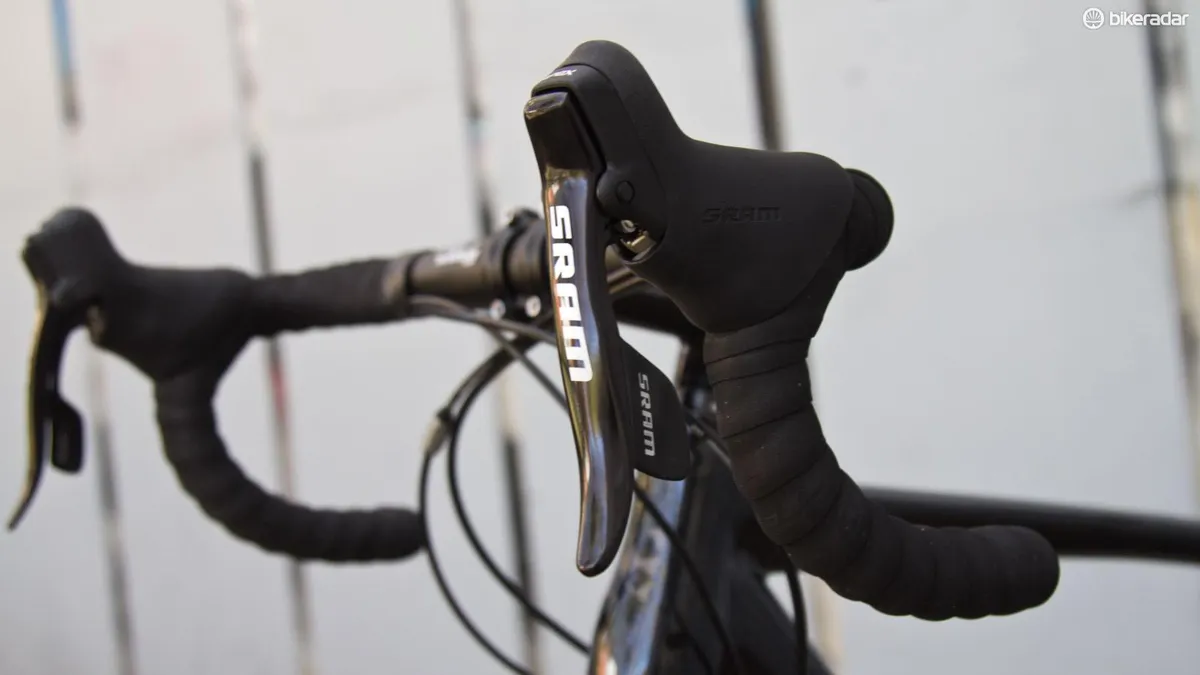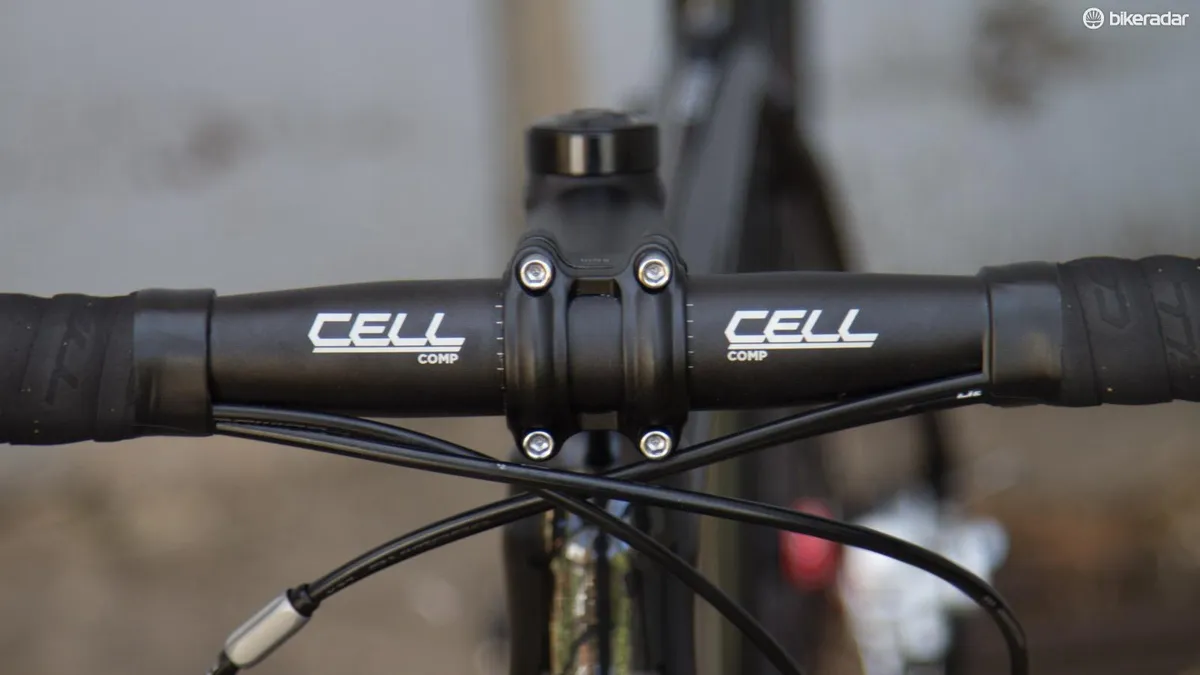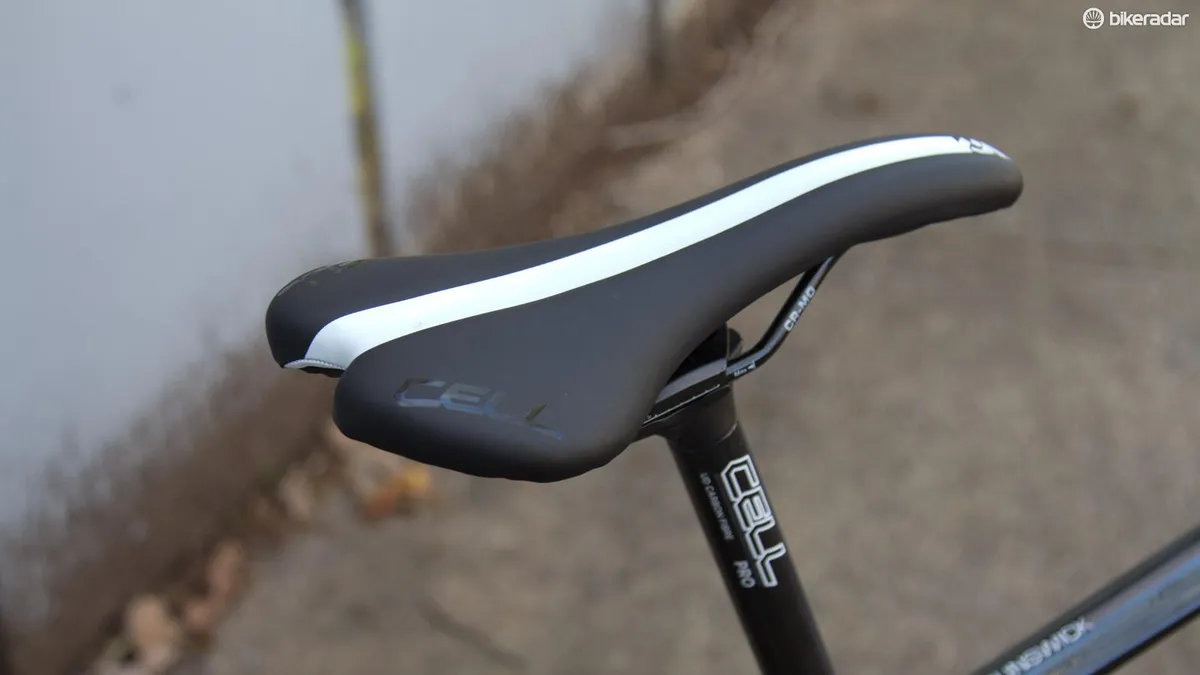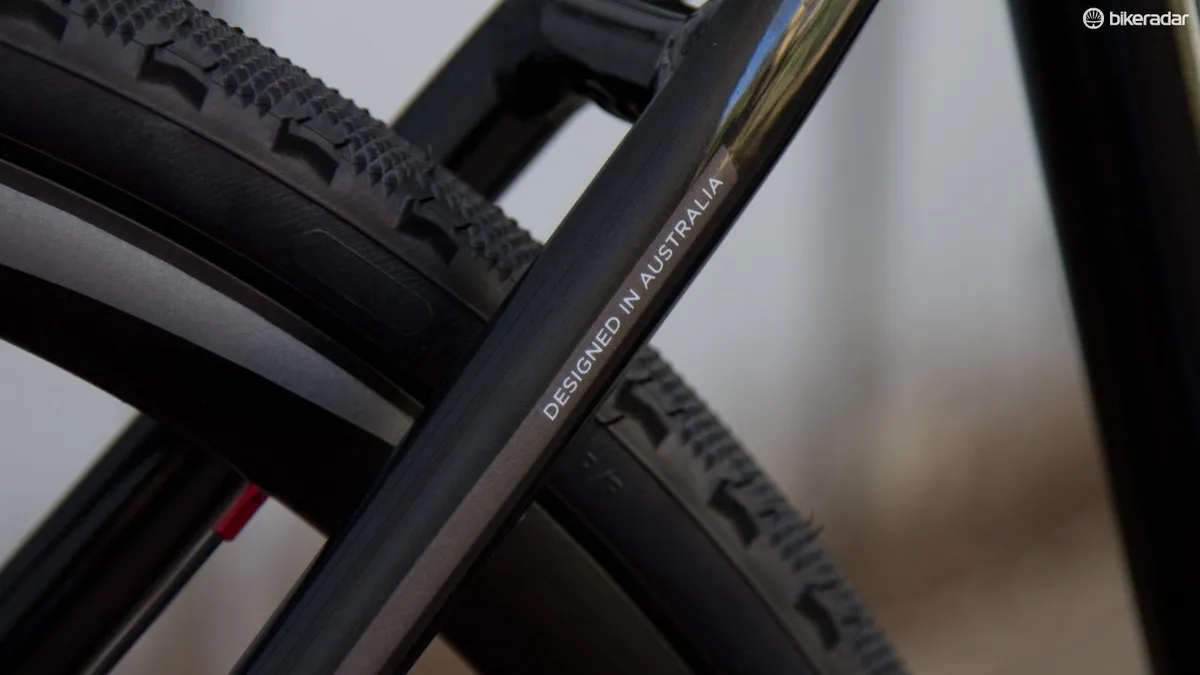The Cell Bikes Brunswick Cyclocross is the latest bike from the Australian direct-buy brand, and its first cyclocross (CX) offering. It continues the trends set by other Cell models we've reviewed recently, by offering shockingly good value and versatility.
It’s common for cyclocross bikes to be a little too race-focused for commuting duty (lacking mounts for a fender, pannier or bottle cage), while others go too far the other way, with gearing that's better suited to the road, effectively ruining the bike for off-road use. The Brunswick manages to strike a balance between the two, resulting in a bike that behaves respectably well off-road or on a racetrack, rides all-day on gravel roads and yet commutes to work as if that's its only purpose.
Ride and handling: comfortable and confident, yet still fast
Those who have ridden endurance or sportive-style road bikes before will feel at home on the Brunswick. The natural riding position it creates is somewhere between being comfortably upright, without giving up on a performance edge.
The Brunswick inspires confidence on the road, thanks to its disc brakes and additional tyre width. And like with any CX bike, you’ll quickly find yourself ignoring the little sticks and cracks on the ground that would usually trouble you on a road bike. The tyre knobs add some drag on the road, but the ride is otherwise efficient.
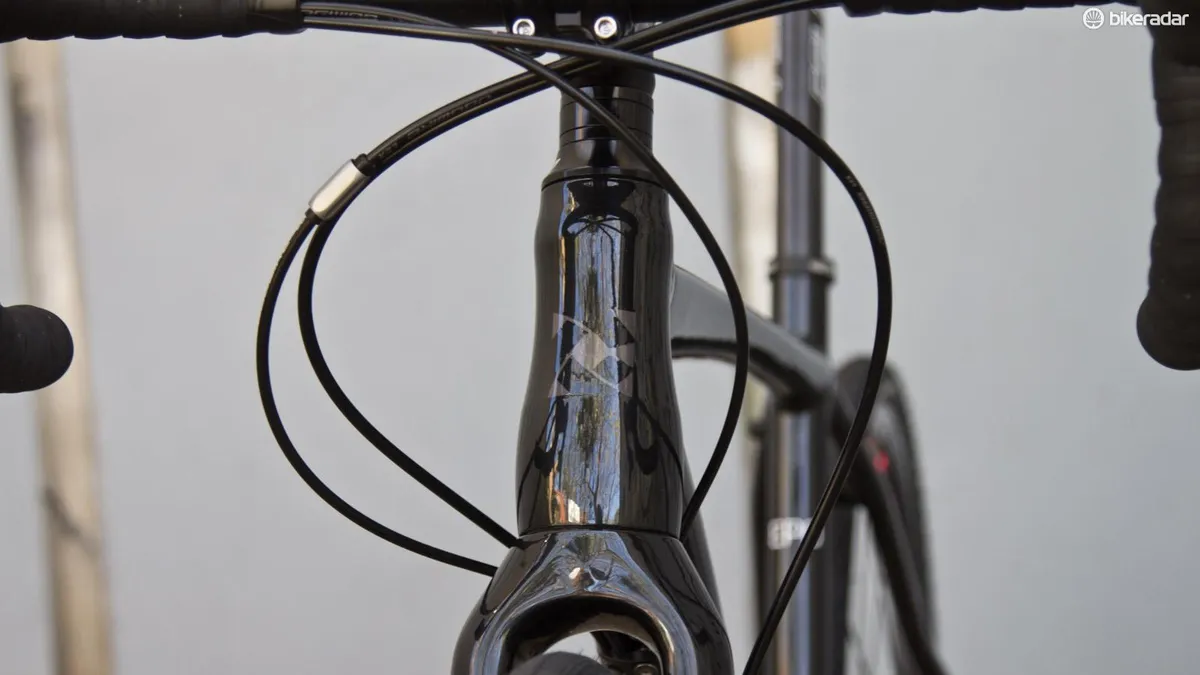
There's no sign of flex in the frame or the fork when you put the power down, which is perfect for the stop-start style of riding that comes with cyclocross. The Brunswick is also reassuringly solid if you plan to run loaded panniers (which Cell can sell you installed on the bike for an extra charge).
The bike is sold without accessories, and is ready for mud, barriers and the noise of cowbells. Ignoring the overall weight – which is a little high, but to be expected for the price – the Brunswick is a very capable CX race bike. With sealed bearings and cables at all points, it should prove durable too.
Going back to that upright position, lofting the front wheel over obstacles and maneuvering the bike beneath you is easy to do. The Brunswick reacts well to rider input, changing direction quickly and nailing a chosen line through a corner.
Although thru-axles are proving popular, we had no issues with the Brunswick’s traditional quick-releases. Hauling heavily on the brakes never gave any indication of wheel pulling, and the tapered head tube and carbon fork certainly helped fight unwanted front-end flex.
A big positive of the Brunswick is its smooth ride quality, something many may be surprised by considering its aluminium frame. Despite the aluminium's poor reputation for comfort, it’s how the material is used that matters most, and the Brunswick provides curves in the tubes and varying internal thicknesses at just the right places to absorb the worst chatter beneath.
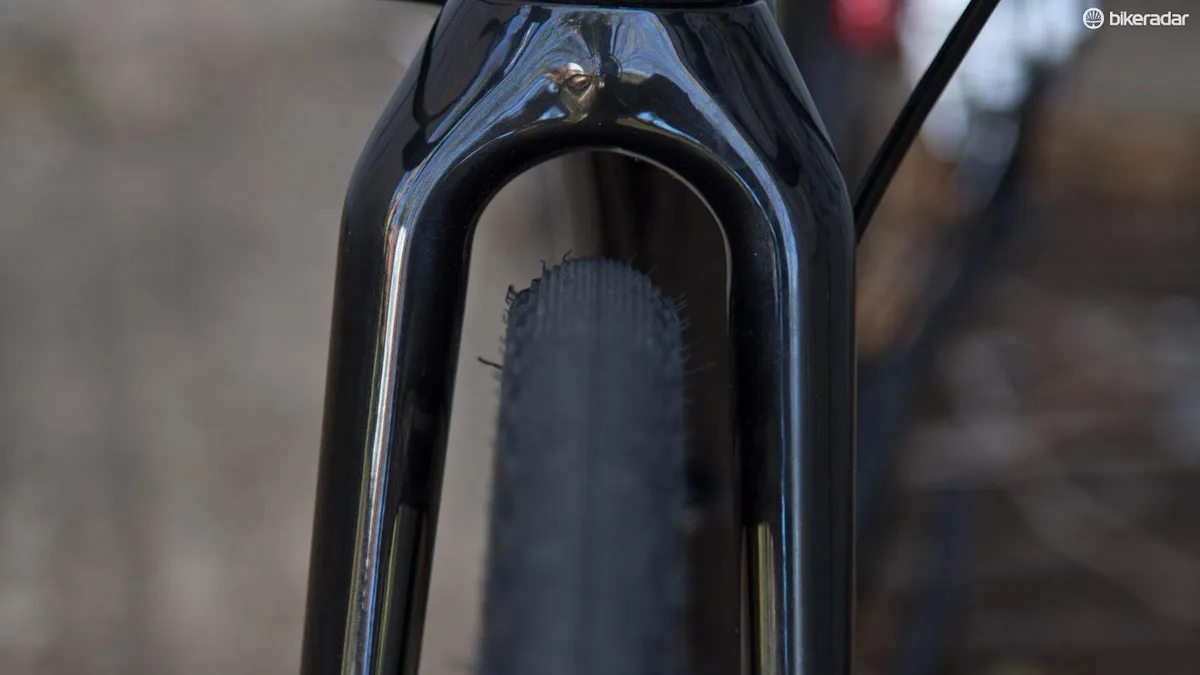
The skinny 27.2mm carbon seat post, decently supple 32c tyres and 24-spoke wheels further help to soak up the bumps on and off the road
One of the Brunswicks few flaws was that we suffered from heel rub against the wide-set chainstays. It’s a problem that has arisen from the advent of disc brakes and increasing rear hub width, because the width between the cranks (the Q-factor) hasn’t grown to accommodate it. Putting washers between your pedals and cranks or spacing out your cleats is a solution, but it’s something that may bother narrow-stance riders on the occasional pedal stroke (us included).
We've had issues with toe overlap on other bikes, but had no such problems with our medium Brunswick.
Riders below 5ft 6in will be disappointed to find that Cell doesn’t offer an appropriate size. However, most males will be pleased to see four sizes available, including a medium/large size that's similar to that of Giant.
Frame: design touches and quality unexpected of a direct-buy brand
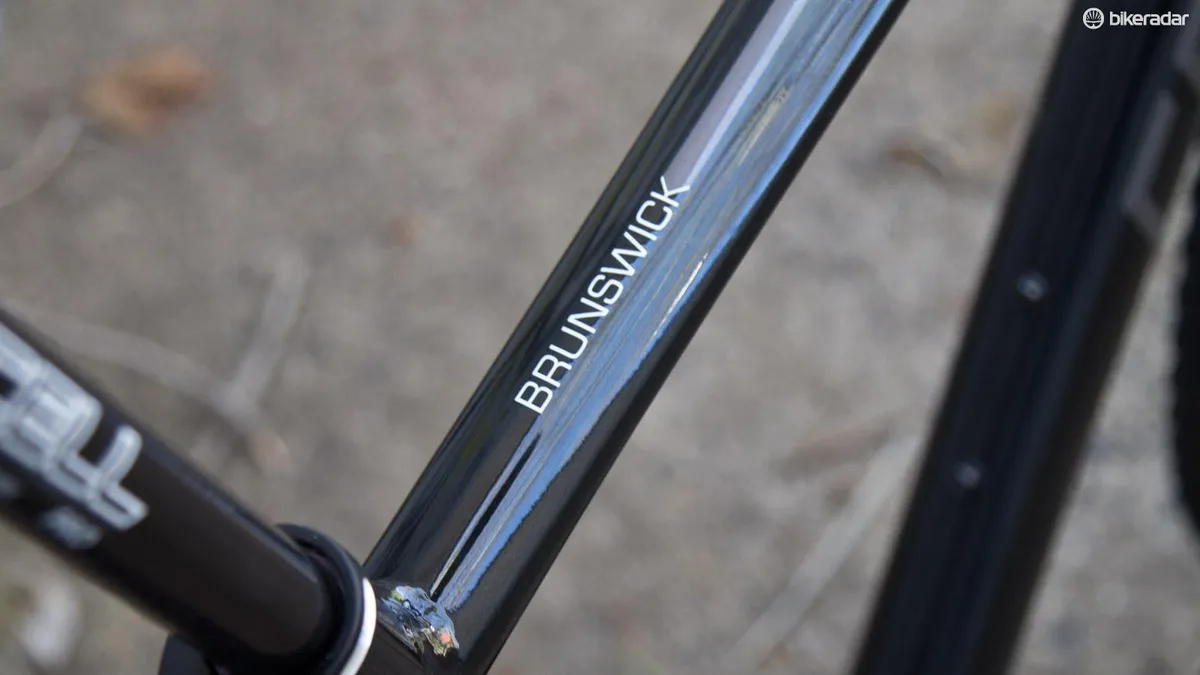
With its lightweight triple-butted aluminium frame and full-carbon front fork, the Brunswick’s chassis is ready to perform. And other than the heel rubbing we mentioned before, we had no complaint.
Looking closer at the Brunswick reveals a handful of specific features for the daily grind, including mounts for two bottle cages, fender and rack mounts and stealthy reflective graphics.
The tapered head tube with drop-in style FSA bearings is matched to a full-carbon fork – it’s rare to see a fork with a carbon steerer at this price. The full-carbon construction saves weight and helps improve ride compliance.
Sealed cables are run along the down tube, using popular Allen-key guides found on mountain bikes. This system keeps the top tube clear to allow for traditional CX bike shouldering, but it’s not quite so nice for those who prefer a more modern technique of grabbing the down tube for runups. Either way, the system is easily serviceable and well sealed for longevity.
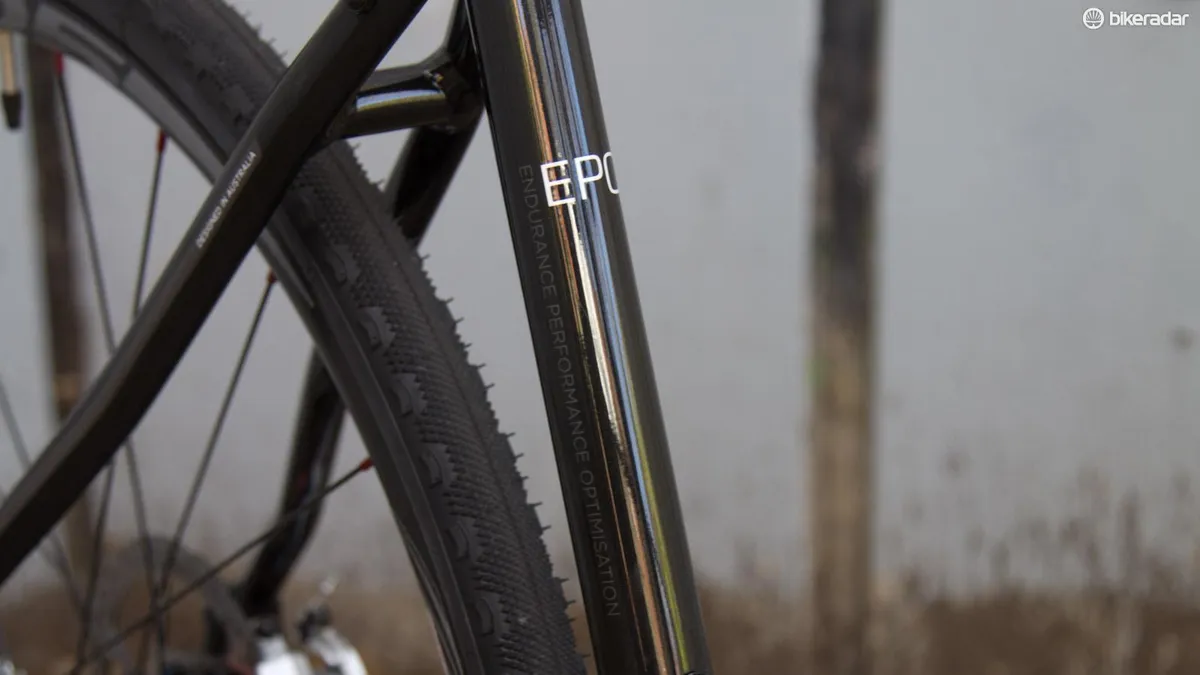
Another nice service point is the threaded bottom bracket. Cell could have easily opted for the new standard of press-fit systems for a frame at this level, but plumped for a more user-serviceable threaded system instead.
Equipment: how does this not cost more?
With so little compromise on the frame and fork, surely something has to give in order to get a bike out of the door at this price? Seemingly not – Cell has used its direct-buy business strategy to offer a near-flawless spec at an impressive weight.
To put the weight of this bike in perspective, it weighs just 200g more than many of the $1400 road bikes we tested earlier in the year, but has heavier disc brakes, wider tyres (with knobs) and can handle off-road riding.
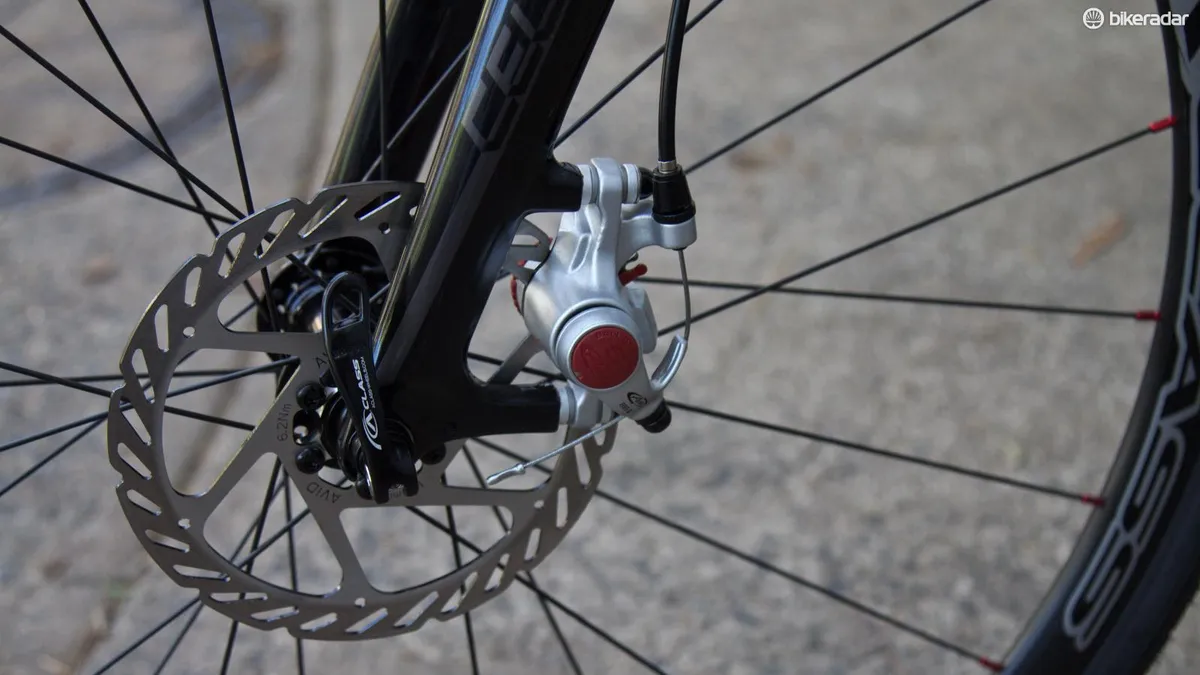
The 20-speed SRAM Apex drivetrain is decent, and shared the same internal shifter parts as older Rival, Force and RED 10-speed counterparts. Both the brake and shift levers feature reach adjustment, although we found we didn’t need it, thanks to the comfortable short-reach handlebar.
A slightly higher-end SRAM Rival rear derailleur is found out back, and the SRAM cranks feature CX-specific chainrings.
Cell has arguably gotten caught up in European CX fashion when it comes to its gear selection. The CX-based 46/36T front and 11-26T rear gearing will work well for urban rides, flatter race courses and tame off-road rides. However, we struggled to maintain traction on steep Sydney trails, and found ourselves wishing for lower gearing such as a 11-28T cassette – the limit of what the supplied short-cage derailleur can handle.
The Avid BB5 brakes are some of the better mechanical disc brakes available. They offer tool-free pad adjustment and reliable service. We found lever feel superb and braking performance equally confident. Many CX bikes now using smaller 140mm rotors, but the bike’s designer, Dave Musgrove, told us that 160mm rotors were chosen to suit to the bike’s universal appeal, and so pannier-loaded long descents won’t overcome the brakes.
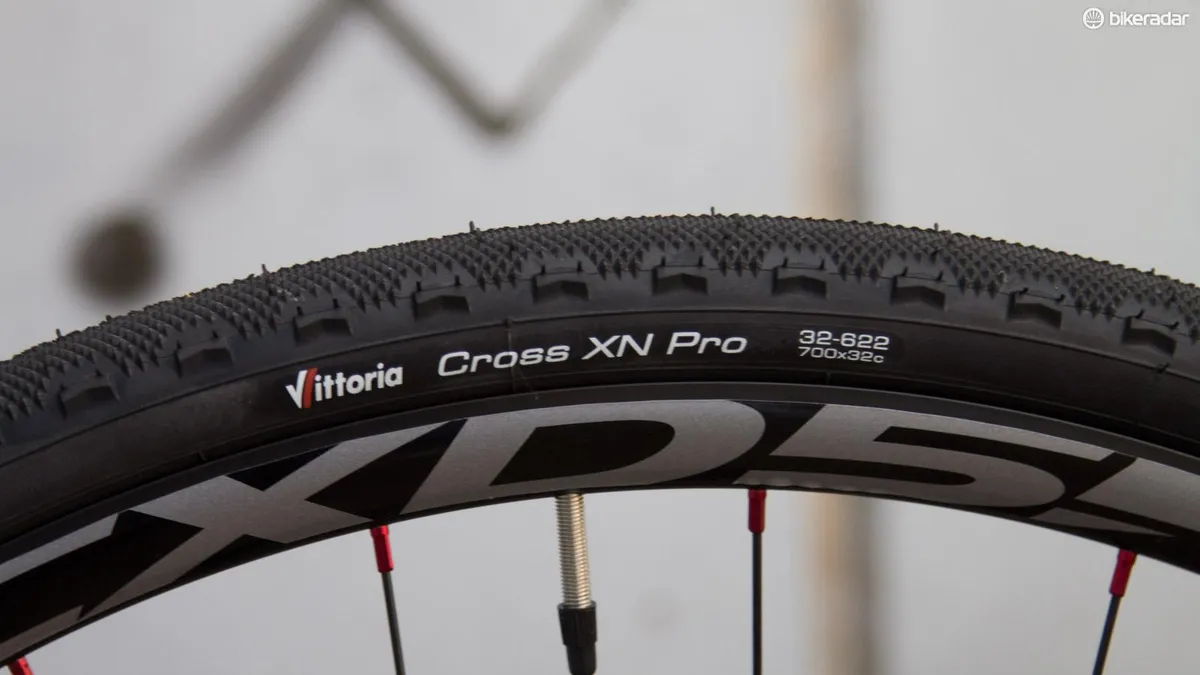
The Vittoria Cross XN Pro tyres offer multi-surface versatility. These feature a central file-tread with more substantial knobs at the sides for cornering. We found them a solid compromise for mixed surface riding, but be wary of loose terrain – there is little braking control on loose descents, and just as little traction when heading back up the same hills, especially with the high gearing.
The A-Class wheels are the house brand of one of the largest rim suppliers. With alloy nipples and a ‘race’ level rim, they offer a competitive weight given the bike’s price. The rims feature a tubeless-ready profile; adding compatible tyres, valves and rim tape will get the Brunswick rolling tubeless and flat-free.
To prove this, Cell sent us an Effetto Mariposa Caffelatex tubeless conversion kit ($63.95 from Cell) and along with a pair of our Hutchison Pirana tubeless cyclocross tyres to try out on the Brunswick. Which we did, and had no sealing issues. Cell say that in addition to the cost of parts, they’d charge $30 per wheel to set up customers' bikes in the same manner.
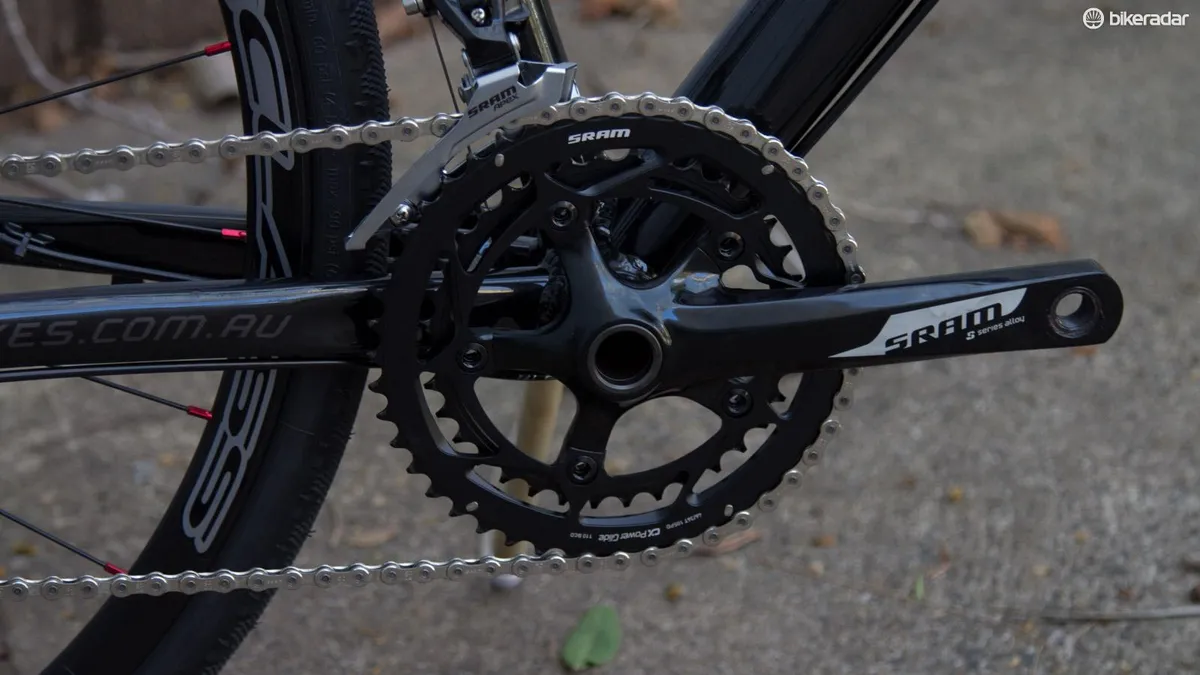
At the wheels' centre are sealed bearing hubs – a real winner at this price. They should prove durable and low maintenance, but we would have concerns over the wheels if you're heavier than 90kg and plan to use this bike for daily commuting or light touring with panniers. While we experienced no problems during our testing, our experience with 24-spoked wheels has shown that heavier riders are likely to experience durability issues over time. If you do happen to break a spoke, then having fewer spokes overall means that the wheel goes wildly out-of-true. Luckily, the lack of rim brakes and generous tyre clearance on this bike may just be enough to let you limp home.
The build is finished off with a small selection of Cell house-branded components. The alloy handlebar and stem do the job without issue, as does the skinny, yet well-padded saddle. A true standout is the twin-bolt carbon seatpost – it offers some compliance from the bumps and its clamp is rock solid during heavy remounting.
Whether you’re considering the Brunswick as a full-time commuter, dedicated 'cross racer, gravel explorer or a little of everything, it’s a solid choice despite our few criticisms. Sure, Cell’s online and limited retail outlet distribution isn’t for everyone, nor is the choice of black or black, but given the overall quality of the bike and its asking price, we suspect we’ll see many of them out there.
